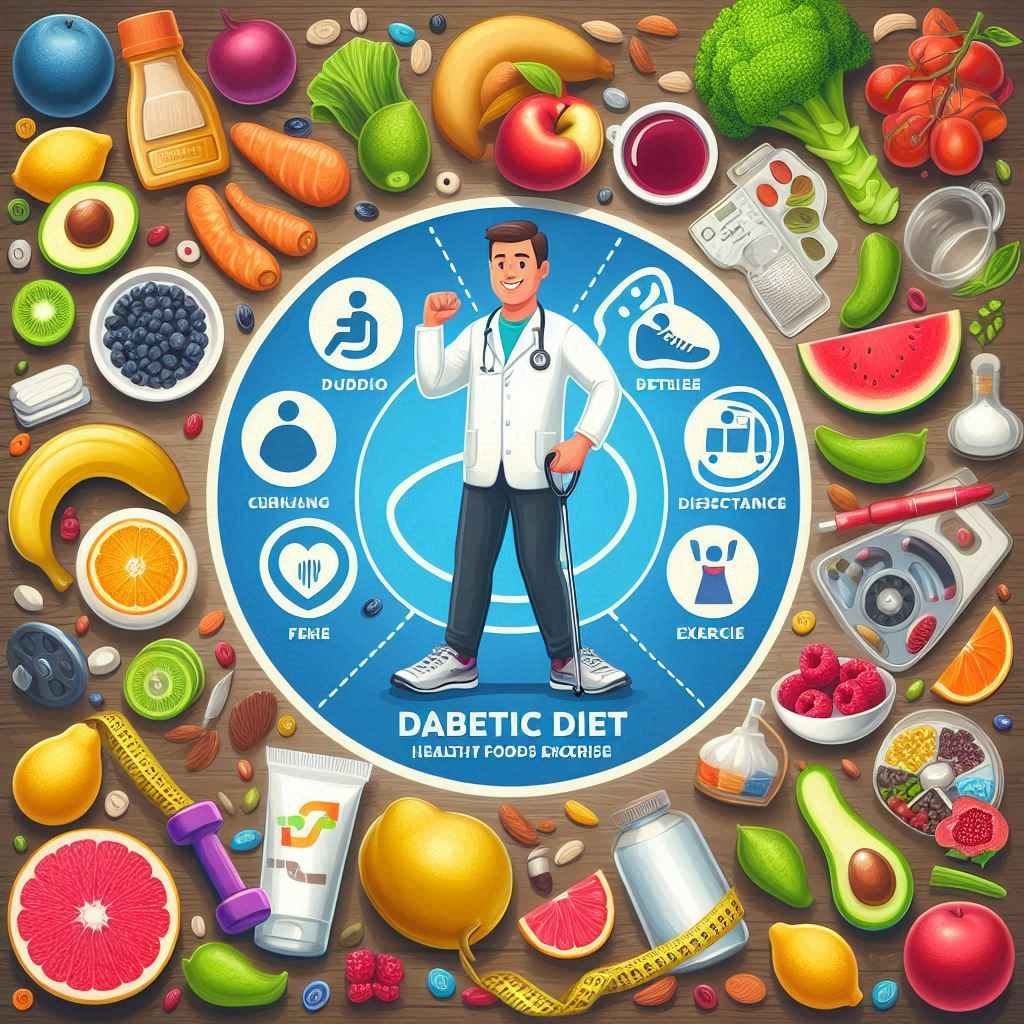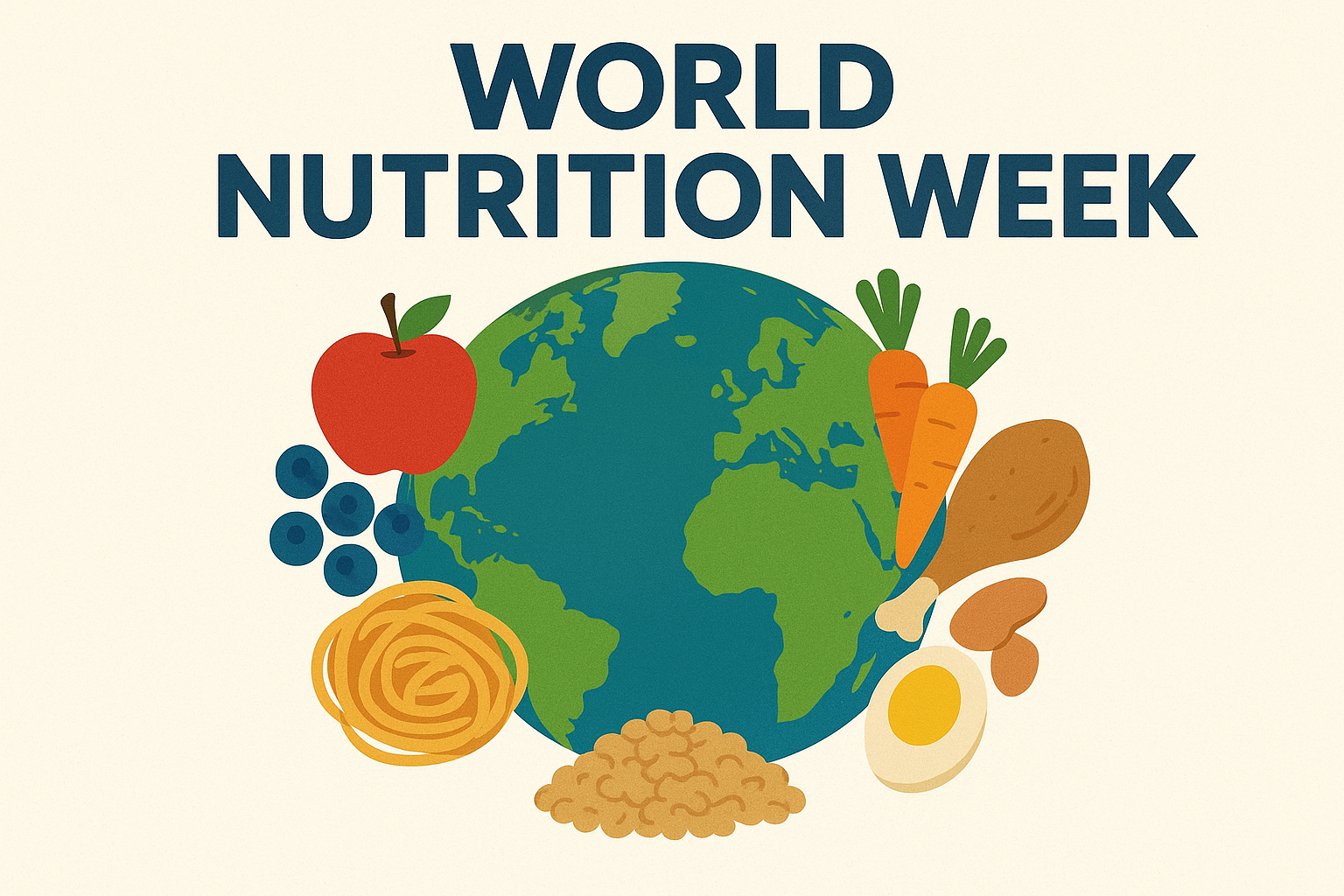
Type 1 Diabetes Explained: A Guide to Living a Balanced Life
Type 1 diabetes is a complex condition that can be triggered by a combination of genetic predisposition and viral infections. Type 1 diabetes usually strikes during childhood or adolescence, but it can also happen to adults.
It typically appears in adolescence. It can also manifest in children and adolescents, depending on the number of non-functional B-cells in the pancreas. The onset of symptoms corresponds to an 80% reduction in beta cell mass.
Symptoms commonly associated with this condition include heightened thirst, frequent urination, increased hunger, fatigue, and temporary blurred vision.

Symptoms:
- Increased thirst: Due to dehydration from increased urination.
- Frequent urination: Excess glucose in the bloodstream leads to more urine production.
- Extreme hunger: Cells are deprived of glucose, despite high blood sugar levels.
- Unintended weight loss: Without glucose entering cells, the body starts burning fat and muscle for energy.
- Fatigue: Cells are deprived of glucose, leading to tiredness and lack of energy.
- Irritability: Fluctuations in blood sugar levels can influence mood.
- Blurry vision: Elevated blood sugar levels can lead to the accumulation of fluid within the eye’s lens, resulting in vision impairment.
Diagnosis and Management:
- Diagnosis: Typically diagnosed through blood tests that measure blood glucose levels. Additional tests may include checking for antibodies that attack beta cells.
- Management: Treatment involves daily insulin injections or using an insulin pump to replace the insulin the body is unable to produce. Monitoring blood sugar levels throughout the day is crucial to adjust insulin doses, along with maintaining a balanced diet and regular physical activity.
Long-term Complications:
- Cardiovascular disease: Higher risk due to elevated blood sugar levels over time.
- Kidney damage (nephropathy): Damage to the kidneys from prolonged high blood sugar levels.
- Nerve damage (neuropathy): Numbness, tingling, or pain due to nerve damage.
- Eye damage (retinopathy): Damage to the blood vessels in the retina due to high blood sugar levels.
- Foot damage: Poor circulation and nerve damage elevate the risk of developing foot ulcers and infections.
Psychological and Social Aspects:
Living with type 1 diabetes requires constant attention to blood sugar levels, insulin doses, and overall health. It can impact daily life, relationships, and emotional well-being. Support from healthcare providers, diabetes educators, and support groups can be crucial in managing the condition effectively.
A balanced and consistent diet plays a crucial role in managing type 1 diabetes by helping to regulate blood sugar levels and maintain overall health. Here are some general guidelines for a diet suitable for individuals with type 1 diabetes:
Key Principles:
- Carbohydrate Management:
- Consistency: Eating meals and snacks at regular times each day can help stabilize blood sugar levels.
- Monitoring Carbs: Pay attention to the amount of carbohydrates in meals and snacks, as they have the most significant impact on blood sugar levels.
- Complex Carbs: Choose complex carbohydrates (whole grains, legumes, vegetables) over simple sugars, as they are digested more slowly and cause a slower rise in blood sugar.
- Protein and Fats:
- Balanced Intake: Include lean proteins (chicken, fish, tofu) and healthy fats (avocado, nuts, olive oil) in each meal to help with satiety and to balance blood sugar levels.
- Portion Control: Pay attention to portion sizes to prevent overeating, which can impact blood sugar levels.
- Fiber:
- Importance: Fiber helps slow the absorption of glucose and can improve blood sugar control.
- Sources: Include plenty of fiber-rich foods such as whole grains, fruits, vegetables, and legumes.
- Meal Timing and Structure:
- Regular Meals: Eat meals and snacks consistently throughout the day to avoid large fluctuations in blood sugar levels.
- Glycemic Index: Choose foods with a lower glycemic index (GI) to help control blood sugar spikes.
- Hydration:
- Water: Drink plenty of water throughout the day to stay hydrated, as dehydration can affect blood sugar levels.
Practical Tips:
- Read Labels: Pay attention to food labels for carbohydrate content and serving sizes.
- Meal Planning: Plan meals and snacks ahead of time to ensure a balanced intake of carbs, protein, and fats.
- Monitoring: Regularly monitor blood sugar levels to understand how different foods affect you.
Foods to Include:
- Whole grains: Brown rice, quinoa, whole wheat pasta.
- Lean proteins: Chicken, turkey, fish, tofu.
- Healthy fats: Avocado, nuts, seeds, olive oil.
- Fruits and vegetables: Incorporate a diverse range of fruits and vegetables into your diet, ensuring that each variety is represented in terms of color and type.
- Dairy or alternatives: Choose low-fat or fat-free options if including dairy.
Foods to Limit:
- Sugary beverages: Soda, fruit juices, energy drinks.
- Processed and fried foods: Fast food, chips, pastries.
- Sweets and desserts: Cakes, cookies, candies (consume in moderation).
Diet:
- Blood Sugar Control: Proper diet helps regulate blood sugar levels, preventing both hyperglycemia (high blood sugar) and hypoglycemia (low blood sugar).
- Carbohydrate Management: Monitoring and managing carbohydrate intake is essential because carbohydrates have the most significant impact on blood sugar levels.
- Nutrient Balance: A balanced diet ensures adequate intake of essential nutrients, promoting overall health and supporting the body’s ability to manage diabetes.
- Weight Management: Maintaining a healthy weight through diet can improve insulin sensitivity and reduce the risk of complications associated with diabetes.
Exercise:
- Insulin Sensitivity: Physical activity helps improve insulin sensitivity, allowing cells to better utilize glucose for energy, which can lead to better blood sugar control.
- Blood Sugar Regulation: Exercise can lower blood sugar levels by increasing glucose uptake by muscles during activity and improving insulin action post-exercise.
- Weight Management: Regular exercise contributes to maintaining a healthy weight, which is beneficial for managing type 1 diabetes.
- Cardiovascular Health: Physical activity supports cardiovascular health, reducing the risk of heart disease, which is more prevalent in individuals with diabetes.
Synergy Between Diet and Exercise:
- Balanced Approach: Combining a balanced diet with regular exercise creates a synergistic effect that helps stabilize blood sugar levels throughout the day.
- Consistency: Consistent meal timing and regular exercise routines promote stable blood sugar control and overall health.
- Personalized Care: Individualized meal planning and exercise regimens tailored to personal preferences and diabetes management goals can optimize outcomes.











